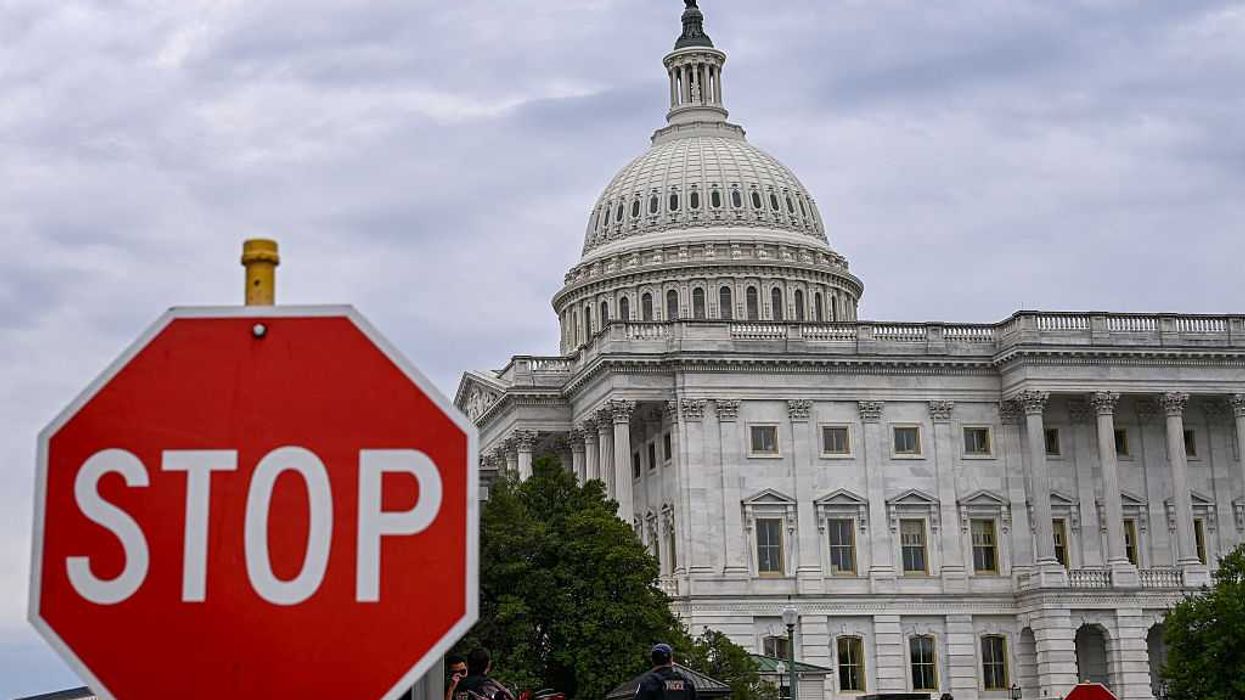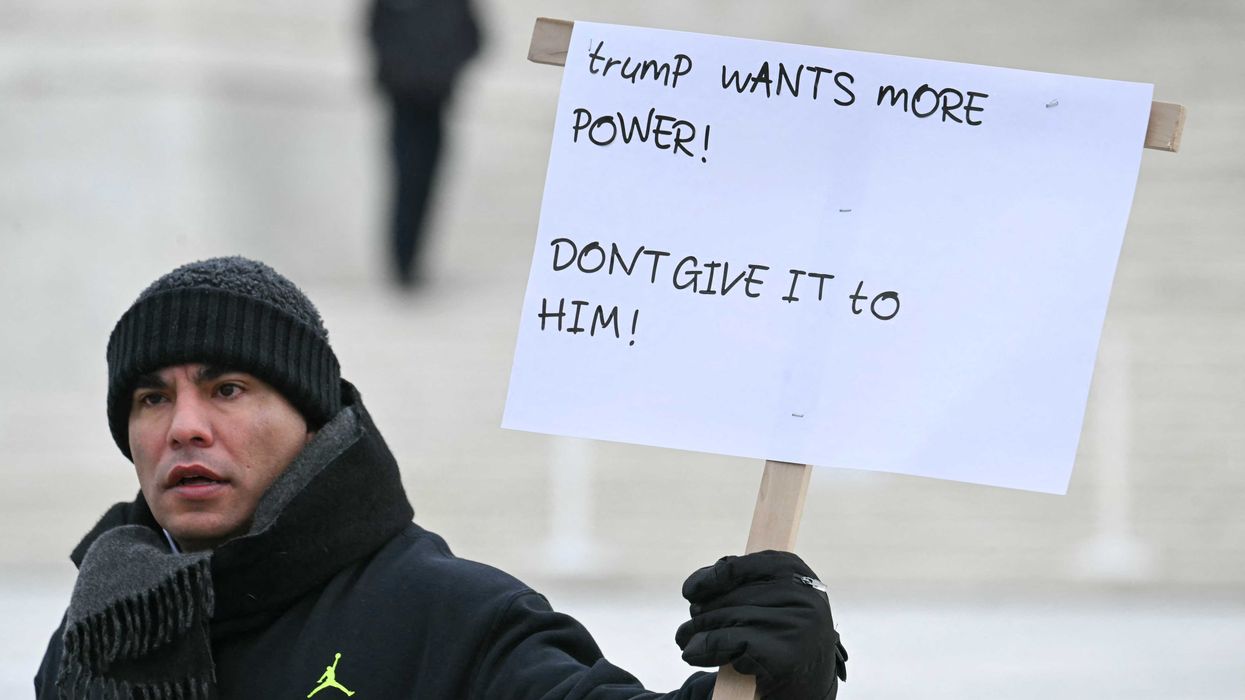Jay Morales is the Managing Video Editor of the New York office and Continuity Supervisor. He has been with Mercury Radio Arts/TheBlaze since 2010, when he was hired as a video editor. In addition to managing the six editors in the New York office, Jay is involved in directing, shooting, and editing various projects for TheBlaze TV. Below is a glimpse into his typical day.

5:00 AM: The alarm goes off at 5 o’clock. I hit snooze. Then it goes off at 5:15. I hit snooze again. I try to get up around 5:30 to go to the gym. I go to the gym and come back about an hour later. In the morning, usually I get up and it is music right away. I really like music, so it is always on as soon as I get up. I get up and read my Bible app and my Pulse app to catch up on news, graphics, videos. It gives me a daily feed. And if I don’t do that as soon as I wake up, I usually will do it after I get home from the gym, or on the subway, or waiting for the subway.
6:30 AM: I have two pugs, Brutis and Wallace. If my wife, Angie, hasn’t fed the dogs, I’ll feed the dogs and get them all taken care of. I take them out, come back, and then battle with Angie for the bathroom. I try to take a shower while she does her hair and makeup – she gets mad at me if I steam up the bathroom. For breakfast, if I am running late, I will throw peanut butter on an English muffin, grab a banana, and bring it to work. Otherwise, I will have a bowl of cereal, or an English muffin with orange juice, or some toast.
7:45 AM: My wife and I try to leave together to catch the shuttle from our place to the subway at Columbus Circle. Then we take the 1 train a couple of stops. We get off at the same stop. I kiss my wife goodbye, and it’s off to the office.
8:15 AM: I get to the office anywhere between 8:15 and 9 o’clock. I like to get here early so I can just kind of get ready mentally. If I am working on a project, I like to have that quiet time to work on anything I was thinking about. I kind of obsess over it – over the process of the project. It never leaves my mind. I am always thinking about how can I improve it, what’s lacking, whether its color, story, whatever it is. If I am working on something, I like to have some time in the morning to pick that up before I get going and start checking in with everyone.
9:00 AM: Between 9 and 10 I make rounds and check in with everyone. I check in with all the editors – follow up to see how everyone is doing with their projects. I manage six editors now. I like to follow up with the producers to see what is coming next. Then I check in with Michele [Smiley, Network Operations Manager] and let her know what I have going on. She downloads me on anything that is coming down the pipe or any surprises, things that we may not have known about. We are just shuffling the pieces and saying, “Am I doing this? Do I have someone else who can pick it up?” And then I get back to my desk. I put all of the information into an email to the producers, the editors, Michele, and the Dallas edit team, so that everyone is on the same page. Sometimes people approach us with a project without knowing what else is going on, so it is a good way to keep everyone informed.
10:00 AM: If I haven’t had coffee along the way, I will have my coffee then. Depending on the day, it’s a Starbucks Triple Mocha. I hate ordering Starbucks the way they ask you to order it, like with the “Venti” and stuff. I just say large. Otherwise, on a normal day – if I have gone to sleep and everything else – I will just grab my Dunkin Donuts. I used to make my coffee at home, when my wife was drinking it too, but she is pregnant now, so she isn’t really drinking coffee. I used to make the coffee in the morning, have a cup at home, get to the office, have another cup, and then have my afternoon cup. But I have been scaling back on the coffee lately.
10:30 AM: After I send out my emails, typically I am picking up on my project or following up on anything pending. Michele and I are pretty much the hub in New York, so either she is funneling projects to me, or I pick them up along the way. I mean I will be walking past and people are like, “Hey, I had an idea.” That’s typically how it goes. But if I am working on something, it is right back to the project. Lunch is secondary. I’ll eat when I can eat. If I am really into a project – which if I am working on it, I’m into it – I won’t eat until 3 or 4 o’clock. It depends on the day. It depends on the project.
2:00 PM: In the afternoon, I will check in again. If I need to come up for air, or if I am just stuck or not clear on where I want to go creatively on a project, I will take that time to touch base with everyone. Even when I am not working on a project, I am doing research – watching tutorials, collaborating with the guys, seeing what they are working on, watching their stuff, watching the network, watching the commercials to see how it is flowing together, listening to Glenn’s crazy ideas. The best way to figure out what is happening is to listen to the show. You will find out about things that way and be like, “Oh, that’s good to know. I probably should have known that.”
6:30 PM: I get out between 6 and 7. Usually when I hear Real News come on, I get the idea that it is time to wind down. On a good day, my wife will meet me downstairs, and we will walk home if the weather is good. It’s about 35 or 40 minutes, but it doesn’t feel that long in New York. It’s a good time for us to catch up because we don’t really talk during the day. She is super busy. She is a buyer in fashion, so she is running around all day. We really catch up at the end of the day. But if I am working on a project with a short turnaround – I mean, I am known to stay here until 3 or 4 o’clock in the morning and still come back at 8… whatever it takes to get it done.
7:15 PM: We get home, and Angie starts dinner. We take care of the dogs. If I am working on a project, I will probably be at the kitchen counter with my iPad, watching it, showing it to her. She gives me really good feedback. She thinks it’s kind of obsessive sometimes, but that’s the way I do it. I can’t get away from it. That’s the only way I can get over it. It consumes me.
8:30 PM: We usually get on the couch after dinner with the dogs, watching a show or catching up on emails that aren’t work related. I am really bad. I don’t really talk to anyone, especially during the week. I hardly talk to my wife during the day, let alone anyone else. So I am really bad about that, but luckily I have good friends who understand my job.
11:00 PM: I try to get to bed around 11. Since I was a kid, I have slept with music on. Now I need to have the fan on instead. I need some sort of noise to drown out the silence. Sleeping doesn’t always happen. I am usually tossing and turning. Sometimes I’ll see ideas in my head about something I’m working on, and it is like, wow, I can do this. If I get stuck, it almost always comes to me when I am in bed.
As told to Meg Storm

 ALEX WROBLEWSKI / Contributor | Getty Images
ALEX WROBLEWSKI / Contributor | Getty Images
 JIM WATSON / Contributor | Getty Images
JIM WATSON / Contributor | Getty Images Joe Raedle / Staff | Getty Images
Joe Raedle / Staff | Getty Images AASHISH KIPHAYET / Contributor | Getty Images
AASHISH KIPHAYET / Contributor | Getty Images